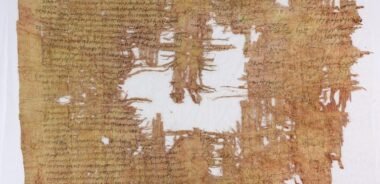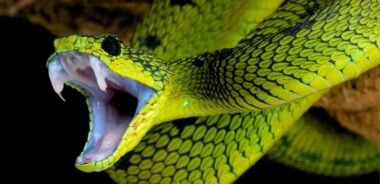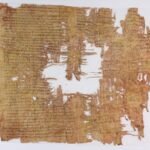For decades, scientists have believed that the Chicxulub asteroid impact, which occurred 66 million years ago, was responsible for the mass extinction of non-avian dinosaurs and 75% of all species on Earth. However, new research suggests that the impact may not have been as deadly as previously thought.
A Reduced Sulfur Release
The study, published in Nature Communications, found that the amount of sulfur released into the atmosphere during the impact was significantly lower than previously estimated. The researchers analyzed sulfur concentrations and isotopic compositions from new drill cores of impact rocks within the crater region and from sedimentary profiles around the world. They estimated that a total of 67 billion tons of sulfur were released, approximately five times less than previously thought.
A Milder Impact Winter
The reduced sulfur release suggests a milder “impact winter” than previously believed. This means that the temperature decline and climate disruption caused by the impact may have been less severe, allowing some species to survive. The study’s findings also imply a faster climate recovery, which could have contributed to the survival of at least 25% of species on Earth.
Implications for Our Understanding of Mass Extinctions
The new research has significant implications for our understanding of mass extinctions and the role of asteroid impacts in shaping the Earth’s history. While sulfur remains a key driver of global cooling, the study suggests that other factors, such as fine dust and soot, may have played a more significant role in the mass extinction event.
A New Perspective on the Chicxulub Asteroid Impact
The study’s findings offer a fresh perspective on the Chicxulub asteroid impact and its effects on the Earth’s climate and ecosystems. As scientists continue to explore the mysteries of the past, we may uncover even more surprising insights into the history of our planet and the complex interactions that shape its evolution.









